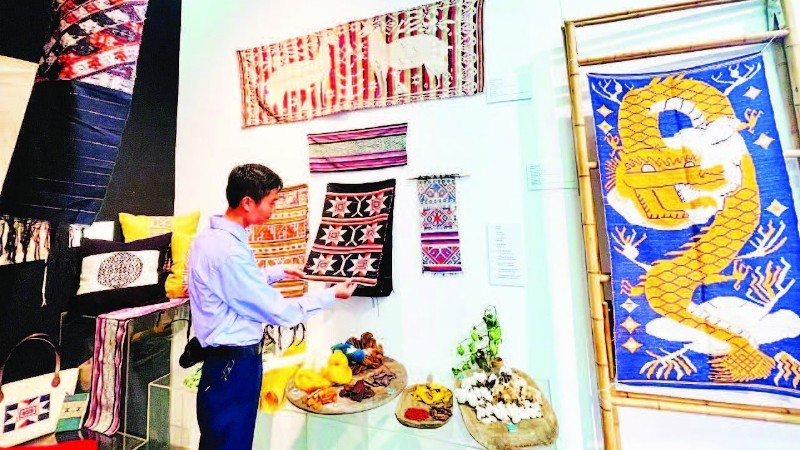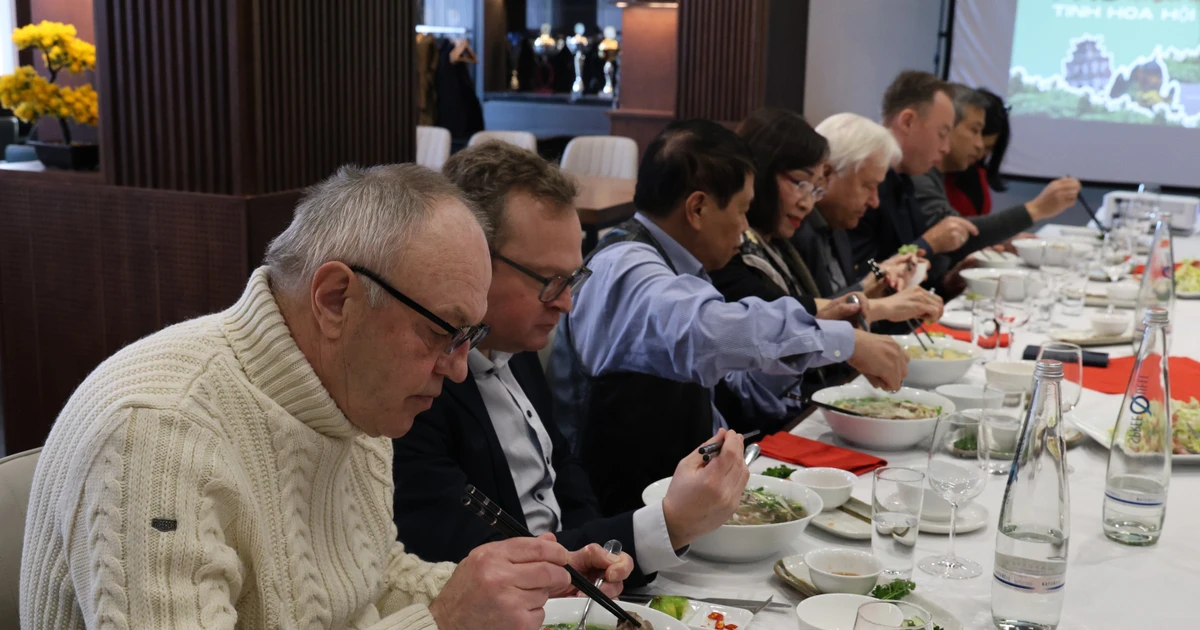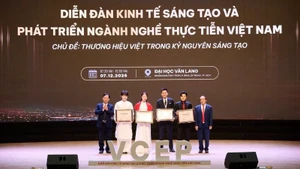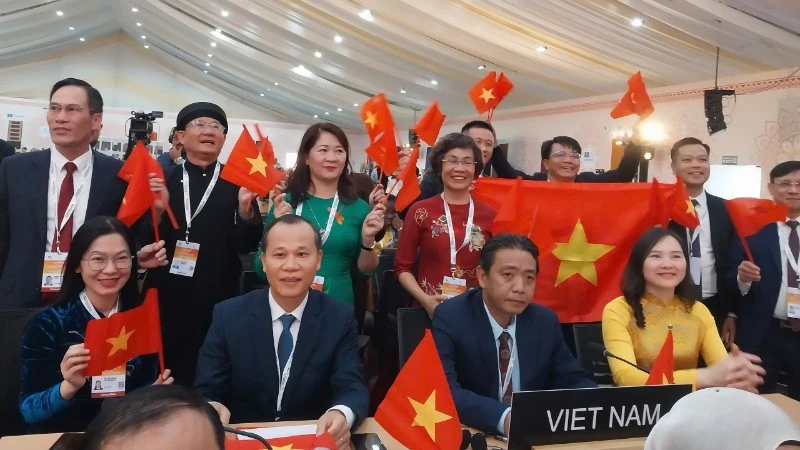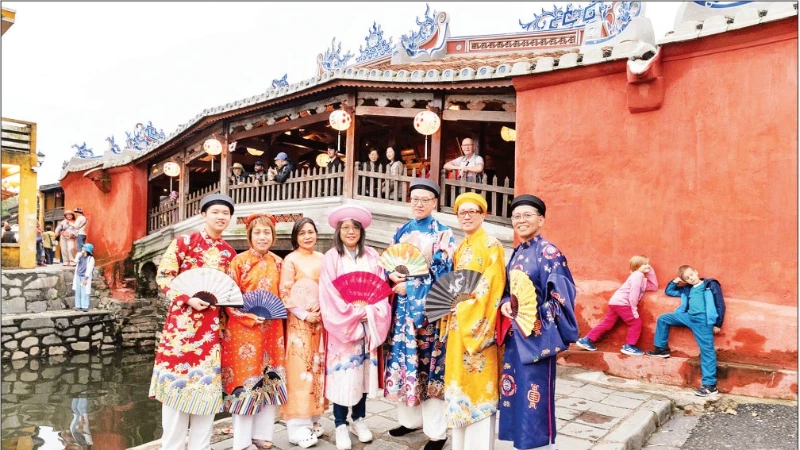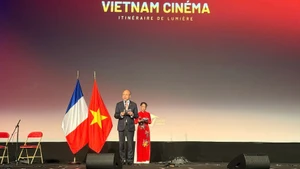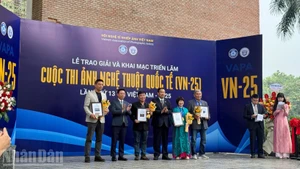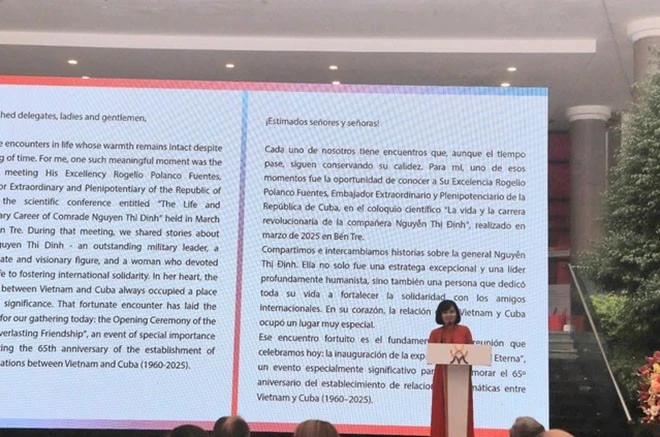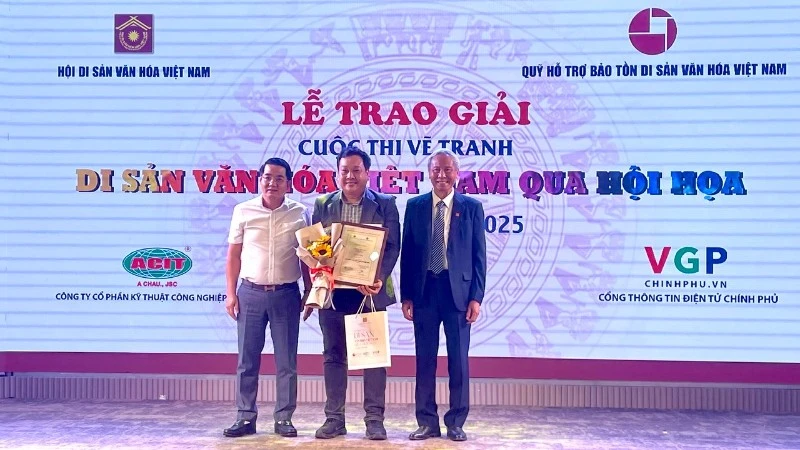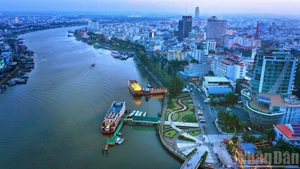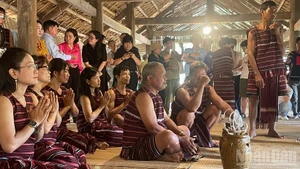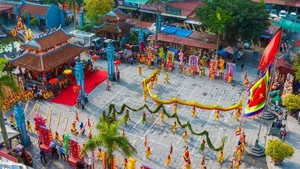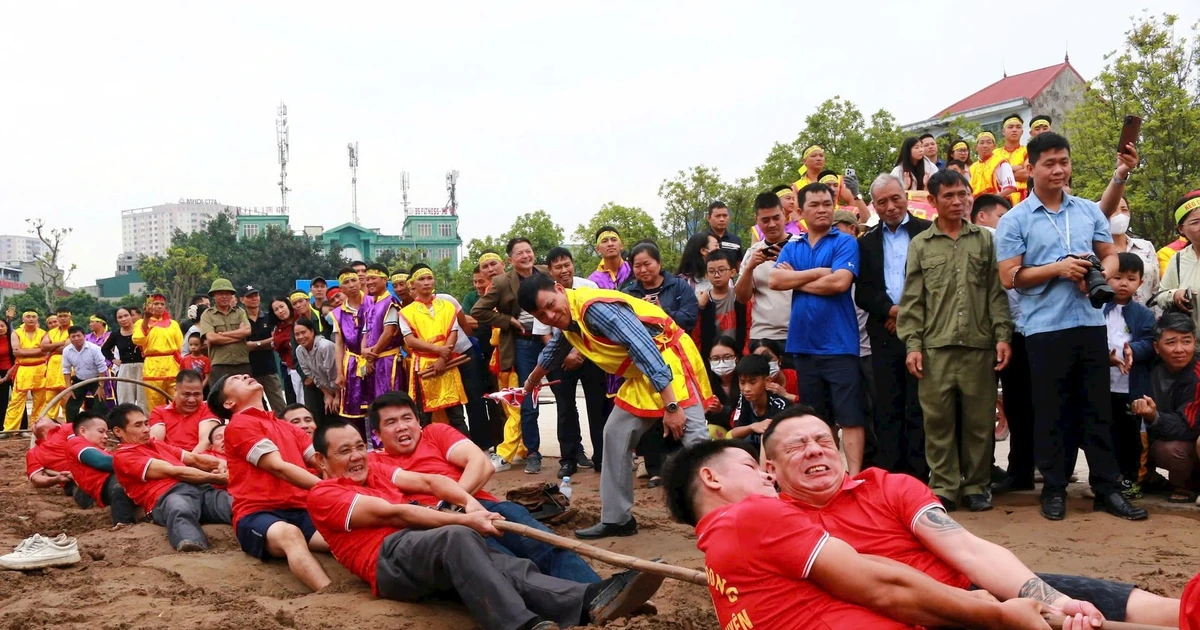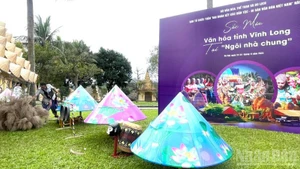Therefore, mobilising support from international organisations is considered an important solution — not only helping to secure financial resources but also expanding opportunities to learn from global experience. For many years, the British Council in Viet Nam has supported numerous community heritage projects through its “Heritage of Future Past” programme.
According to Nguyen Duc Tang, Director of the Centre for Research and Promotion of Cultural Heritage Values (Viet Nam Cultural Heritage Association), the British Council has cooperated with the centre to provide financial and technical assistance for nine projects across the country. These include the project “Enhancing the Capacity of H’Mong Women in Pa Co (Hoa Binh) through Traditional Handicraft Techniques” and “Reviving the Tam Huc Man Weaving Technique in Hoa Tien Village (Nghe An)”. “We have made good use of these resources and achieved positive results,” he said.
Hue City currently leads the nation in heritage preservation thanks to extensive international support. The locality has collaborated with 15 governments, 50 non-governmental organisations and more than 10 international consultancy agencies to implement dozens of research and restoration projects. A prime example is the “Restoration of Trieu To Mieu Temple in the Imperial City of Hue” project, funded with 700,000 USD by the US Ambassadors Fund for Cultural Preservation (AFCP)—one of the largest AFCP grants awarded in Viet Nam.
Phan Thanh Hai, Director of the Hue City Department of Culture and Sports, said that international cooperation projects not only provide financial assistance but also enable Viet Nam to access advanced technologies. Hue’s officials, specialists and artists have also improved their professional capacity through training and practical involvement in these projects.
Over the past two decades, the US Ambassadors Fund for Cultural Preservation has supported 16 projects in Viet Nam with a total budget of 1.2 million USD, helping to revitalise numerous cultural heritages. Katte Bartlett, Cultural Attaché of the US Embassy in Ha Noi emphasised that the fund’s objective is not only to conserve architectural structures but also to preserve folk songs, customs and traditions that embody the essence of Vietnamese culture.
Many other countries have also joined Viet Nam in safeguarding its heritage. India has provided more than 50 billion VND to fund the preservation of the My Son Sanctuary in Quang Nam, a heritage site closely associated with the Cham civilisation. France has cooperated with Ha Noi to preserve its ancient villas, maintaining the charm of French architecture amid the modern urban landscape.
UNESCO has for many years supported research, documentation and technical consultancy, contributing to the recognition of Hue royal court music (Nha nhac), Ca tru singing and the Mother Goddess Worship belief as Representative Intangible Cultural Heritage of Humanity. Germany has invested in conserving ancient brick architecture; Japan has contributed to training programmes for human resources; while the Republic of Korea, Italy and the European Union (EU) have supported multiple projects across the country.
The participation of international partners has transformed Viet Nam’s approach to heritage—from pure restoration to sustainable management that integrates community benefits with local economic development.
Community-based projects have shown that when people are empowered and equipped with knowledge, they can both preserve cultural values and generate stable income through tourism and handicrafts. The exchange of experience between international experts and domestic conservationists has shortened restoration time and enabled faster application of scientific methods in practice.
Do Van Tru, Chairman of the Viet Nam Cultural Heritage Association, affirmed: “The protection and promotion of cultural heritage are not solely Viet Nam’s responsibility but require joint efforts from the international community. Experience and techniques from other countries will help improve conservation effectiveness and enhance the global promotion of Vietnamese heritage.”
Although international cooperation in heritage preservation has brought many advantages, it still faces several challenges: differing conservation perspectives among countries, a lack of full coordination at the national level, and procedural or policy-related obstacles in some projects. In addition, the shortage of highly specialised personnel makes it difficult to absorb and apply modern conservation techniques.
To make external cooperation more effective, Viet Nam needs to further expand its network of partners, focus on human resource training, and combine international assistance with domestic community initiative. In the long term, developing transparent policies and an appropriate legal framework will create a favourable environment for projects, preventing overlap and resource waste.
Partnerships with international organisations have become an indispensable bridge in preserving and promoting Vietnamese cultural heritage. From Hue to My Son (Da Nang), from Ha Noi to remote highland villages, such collaborations not only help revive heritage but also spread the essence of Vietnamese culture to the world.
